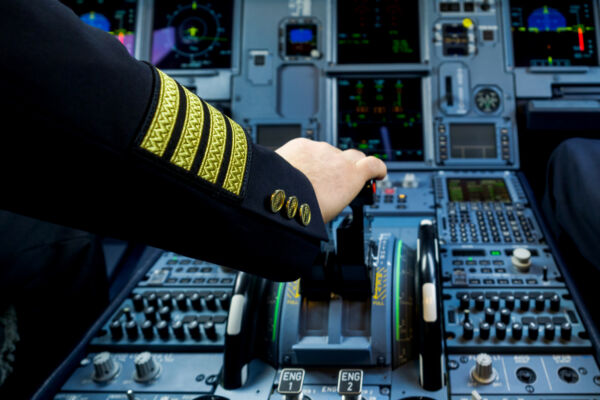Airline pilots are considered a profession shrouded in mystery, with little understanding from the outside world leading to misconceptions such as the belief that all pilots are male. In order to dispel these unfounded views, several pilots have come forward to shed light on the reality, hoping to change people’s misconceptions.
According to a report by the Huffington Post, several pilots have addressed some of the most common misconceptions about pilots to reveal the truth behind them.
Captain Scott Place of Delta Air Lines in the United States clarified that some people mistakenly think that pilots can simply press the “autopilot” button on the plane and relax or sleep. While modern aircraft are highly automated, pilots still need to constantly monitor systems, make decisions, and handle unexpected situations. Pilots can only rest or sleep during designated break times with backup from other crew members on long-haul flights.
Pilot and psychologist Michaela Renee Johnson added, “Autopilot is indeed helpful, but it cannot replace the pilot. It’s like cruise control in a car – convenient, but you are still in control and monitoring, ready to take over at any time. The real role is in decision-making, problem-solving, and ensuring everyone’s safety.”
One of the most deep-rooted stereotypes in the aviation industry is the misconception that only men are involved in flying aircraft, but in fact, women have long been participating in various roles in aviation and taking on leadership positions.
Though male dominance persists in the aviation industry, Johnson emphasized that women have been controlling aircraft for decades and are not just “rare exceptions.” Breaking this stereotype is crucial as it can help future generations view aviation as a genuine career path.
Pilot and blogger Mindy Lindheim mentioned another common misconception that all pilots seek excitement. In reality, most pilots dislike taking risks and prioritize safety and risk management since the beginning of their training.
Lindheim explained that pilots are trained to identify and avoid risks early on to protect not only themselves but also passengers and ground personnel. She highlighted that despite the misconception that pilots must excel in mathematics, they only need basic mental arithmetic skills for flight planning and quick calculations in the cockpit.
Modern flight planning tools and onboard equipment handle most complex tasks, although pilots still need to verify and cross-check calculations themselves, requiring relatively simple math knowledge.
Captain Place stressed that pilots must undergo type-specific flight training and certification to qualify to operate a particular aircraft. While both the Boeing 737 and Airbus A320 are commercial aircraft, their systems, handling characteristics, and procedures differ significantly, necessitating training and certification for each type.
Pilots typically fly for several days consecutively before taking off days in a row, allowing more time to spend with family and enjoy quality personal life.
Despite the glamorous appearance of pilot uniforms and travel benefits, their daily lives are not as glamorous as perceived. Hollywood often romanticizes the aviation industry, but in reality, pilots work long hours, sometimes endure jet lag, and may even have to settle for a granola bar as dinner at 2 a.m. The glory of a pilot lies not in glamour but in having a unique perspective on the world that few others possess.
While military experience can greatly benefit a pilot’s career development, with over 35% of pilots at Delta Air Lines coming from a military background, it is not a necessary requirement to become a civilian airline pilot. Pilots can also pursue flight training through university programs, flight schools, or training programs offered by airlines outside of military experience.

